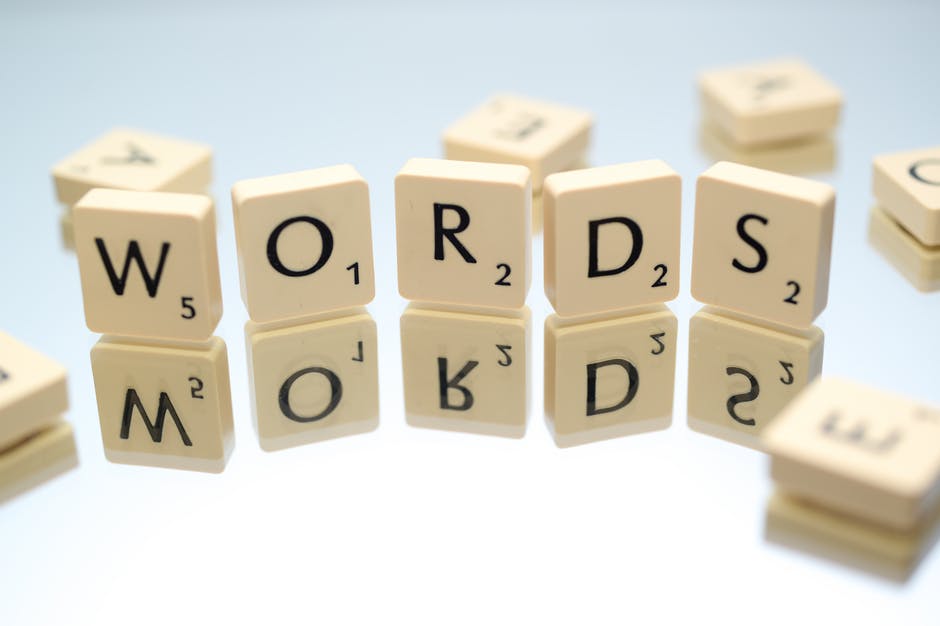7+ Transitional Phrase and Sentences Examples
Have you ever tried getting lost and confused while reading an article or story? You can’t seem to remember what you’re reading about or why something transpired in the first place. This causes you to stumble back to the beginning of the write-up to reread a sentence or paragraph and pick up a natural rhythm. You may also see the compound sentence.
Instances like this occur when a speaker or author fails to communicate with clarity. Reading materials with lengthy sentences and paragraphs often cause readers to lose track. To prevent this from happening, it’s important for a writer to create a logical and smooth flow of ideas through proper transitions. But keep in mind that transitional words and phrases are used in a variety of ways. It could be within a simple sentence, between two different sentences or it may even be used between paragraphs to connect common thoughts.
Developing Smooth Transitions
The placement of transitional words or phrases usually varies depending on its purpose. This could be to connect two parts of a single sentence or to combine two or three different sentences logically. In some cases, transitional words or phrases found at the beginning of a paragraph are used to refer to a previous thought while introducing a new one. This is done to create a smooth flow of ideas for a reader or listener to understand. You may also see the negative sentence.
Let’s take this for example:
- You came home with news to share. Nobody was home.
- You came home with news to share, but nobody was home.
As you may have noticed, adding the transitional word “but” creates a smoother reading experience. It helps the reader identify the relationship between the two ideas as well. The use of transitional words ensures that there are no sudden jumps or pauses between common statements. This link often comes in the form of conjunctions or other types of connectors. You may also see simile examples.

Types of Transitional Words and Phrases
The following are common examples of transitional words and phrases and their corresponding types:
1. Comparison/Contrast
These are transitional words used to show the relationship between two ideas. It can either be used to point out similarities or draw comparisons. Other examples include as, as if, unlike, rather than, although, and in spite of. You may also see sentence fragment.
Examples:
- Matthew loves washing the dishes, but he hates drying them.
- Like her father, Andrea enjoys spending time at the animal shelter after school.
- Though I eat vegetables for a healthier mind and body, I hate them.
2. Chronology
Words under this category show a time relationship. Other examples under this category include: after so much time, after that, beginning, and whenever, just to name a few. You may also see the interrogative sentence.
Examples:
- Before you leave, make sure you clear your desk for the next shift.
- While I was on my way to work, I saw a deer cross the road.
- The professor arrived earlier than the students expected.
3. Cause/Effect
These are words which portray the cause and effect of a given action or event. This is often used to show the consequences of an action, allowing the speaker to convey why something happened that lead to the occurrence of another event.
Examples:
- I was late for my appointment because my car wouldn’t start.
- Since you’ve been doing so good at school, your mom and I decided to buy you that new laptop.
- James was at work all day. That is why he decided to stay home instead of going out with us.
4. Illustration
This type of transitional words is used by a speaker to paint a mental picture of the situation at hand. This helps the reader or listener better understand what has been said through various evidences or examples. You may also see exclamatory sentence examples.
Examples:
- To demonstrate his love for her, Felmar is planning to get Anne something special for Valentine’s Day.
- I have a few errands to do today, such as paying the bills, taking my dog for a walk, and going to the post office.
- There are a couple of things that we need to get done. For instance, the rooms on the second floor need sweeping.
5. Addition
These are transitional words used to add supporting information and reinforce ideas.
Examples:
- Another reason why I’m here is that I heard you needed company.
- Furthermore, I’m grateful to have a friend like you who’s there whenever I need someone to talk to.
- Jamie told Jordan to get her nude stockings and yellow skirt.
6. Clarification
This is typically used to show support for a given thought.
Examples:
- In other words, I’m too exhausted to get up.
- Cheryl doesn’t want to see me anymore. In fact, she told me, “I don’t want to see your face ever again.”
- I love those new boots from Urban Outfitters; that is, I want it so badly.
7. Qualification
These transitional words present intention or conditions of a given situation.
Examples:
- With what was possibly the greatest answer in all of pageant history, Pia won the crown.
- The employee, without a doubt, had no idea she was talking to the CEO of the company.
- Granted that you promise to return my new camera in one piece, this does not mean I trust you with it.
8. Summary/Conclusion
This is used to indicate a concluding sample statement where ideas are often restated to clarify an overall thought.
Examples:
- There were a lot of issues addressed at the meeting. Finally, after hours of arguing, we were able to prioritize the problems that needed to be tackled immediately.
- In the long run, these decisions will help my career.
- Finally, after months apart, he realized how much she really means to him.

Transitional words and phrases play an important role in writing. Not only does it create a logical flow of words, but it also makes it easier for the speaker to convey a clear message. It takes away the ambiguity of a statement or paragraph, paving the way for a more interesting and effortless reading experience. You may also see imperative sentence examples.


